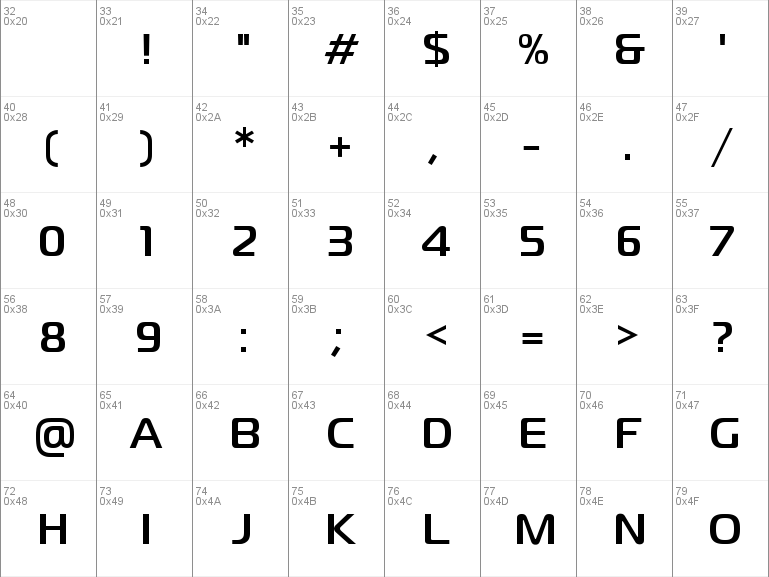


When the church at which an archbishop or " metropolitan" presides is specifically intended, the term kathedrikós naós ( lit. In the Eastern Orthodox Church, the Latin word cathedral commonly translates as katholikon ( sobor in Slavic languages), meaning 'assembly', but this title is also applied to monastic and other major churches without episcopal responsibilities. While the terms are not synonymous (a duomo is a collegiate church, cognate with the English " Minster") many cathedral churches are also collegiate churches, so that Duomo, or Dom, has become the common name for a cathedral in those countries. German, Dutch, etc.), from the Latin term domus ecclesiae or domus episcopalis. The word cathedral, as the seat of a bishop, is found in most languages however in Europe a cathedral church can be referred to as a Duomo (for example in Italian, Spanish) or Dom (e.g. A raised throne within a basilican hall was also definitive for a Late Antique presiding magistrate and so the cathedra also symbolises the bishop's role in governing his diocese.

In the ancient world, the chair, on a raised dais, was the distinctive mark of a teacher or rhetor and thus symbolises the bishop's role as teacher. The word refers to the presence and prominence of the bishop's or archbishop's chair or throne, raised above both clergy and laity, and originally located facing the congregation from behind the High Altar. The word cathedral is derived, possibly via the French cathédrale, from the Latin ecclesia cathedralis and from the Latin cathedra ('seat'), and ultimately from the Ancient Greek καθέδρα ( kathédra), 'seat, bench', from κατά ( kata) 'down' and ἕδρα ( hedra) 'seat, base, chair'. The Cathedral of Santa Maria Assunta is a Neoclassical Catholic cathedral in Nepi, Italy 2.8.6 Relationship of chapter and bishop.2.5.2 Late Middle Ages: monastic and secular cathedrals.2.5.1 Early Middle Ages: religious communities.2.3.5 Women's orders: virgins, widows and deaconesses.2.3.4 Doorkeepers, exorcists, lectors, acolytes and primicerius.2.3.3 Deacons, subdeacons and archdeacons.2.1 Origins and characteristics of the first cathedrals.Consequently, it is not uncommon to find Christians in a single city being served by three or more cathedrals of differing denominations. In addition, both the Catholic Church and Orthodox churches have formed new dioceses within formerly Protestant lands for converts and migrant co-religionists. From the 16th century onwards, but especially since the 19th century, churches originating in Western Europe have undertaken vigorous programmes of missionary activity, leading to the founding of large numbers of new dioceses with associated cathedral establishments of varying forms in Asia, Africa, Australasia, Oceania and the Americas. Where ancient cathedral buildings in these lands are still in use for congregational worship, they generally retain the title and dignity of "cathedral", maintaining and developing distinct cathedral functions, but void of hierarchical supremacy. Mary's Episcopal Cathedral, Memphis, Tennessee with a procession.įollowing the Protestant Reformation, the Christian church in several parts of Western Europe, such as Scotland, the Netherlands, certain Swiss Cantons and parts of Germany, adopted a Presbyterian polity that did away with bishops altogether.


 0 kommentar(er)
0 kommentar(er)
